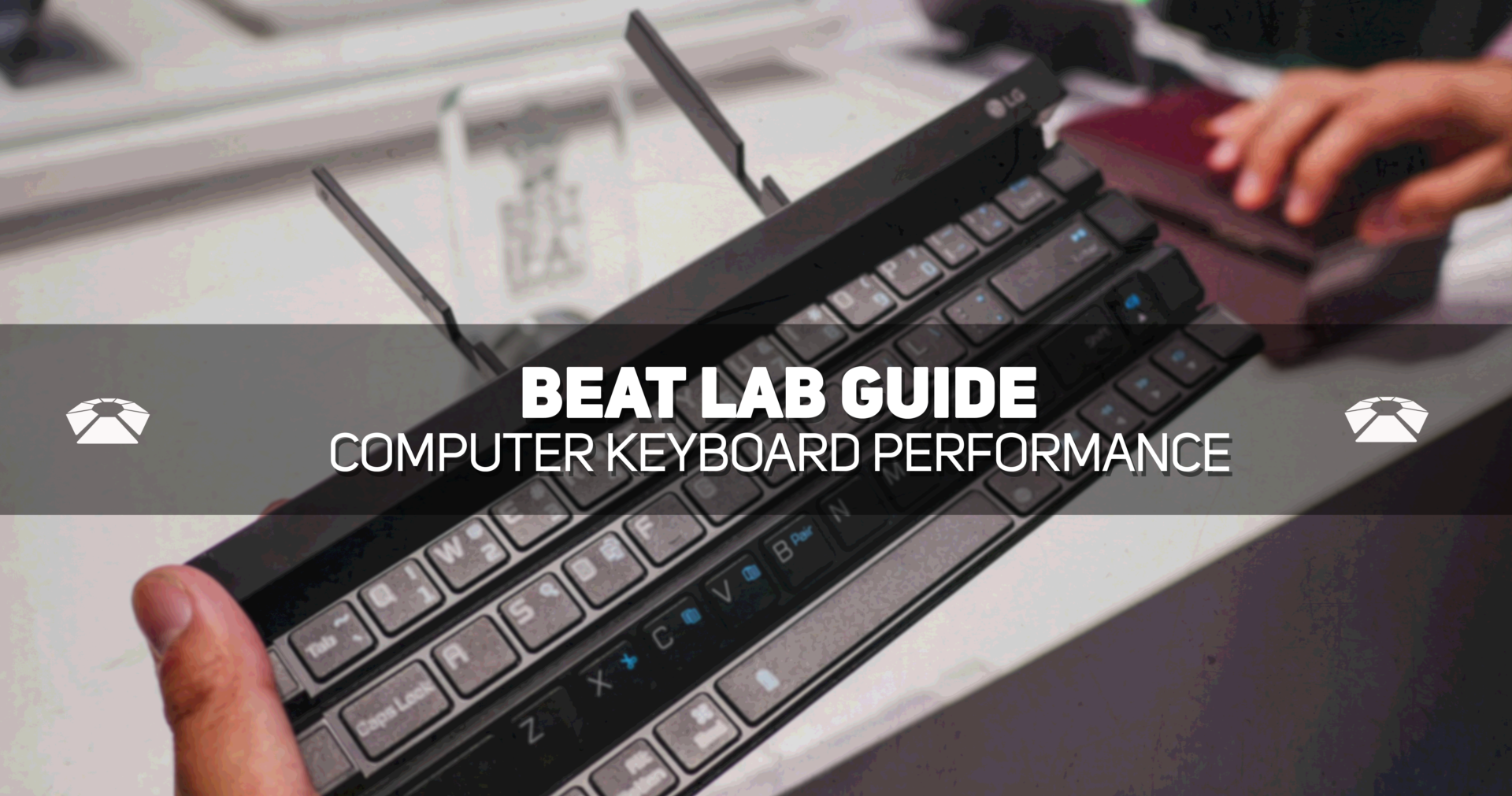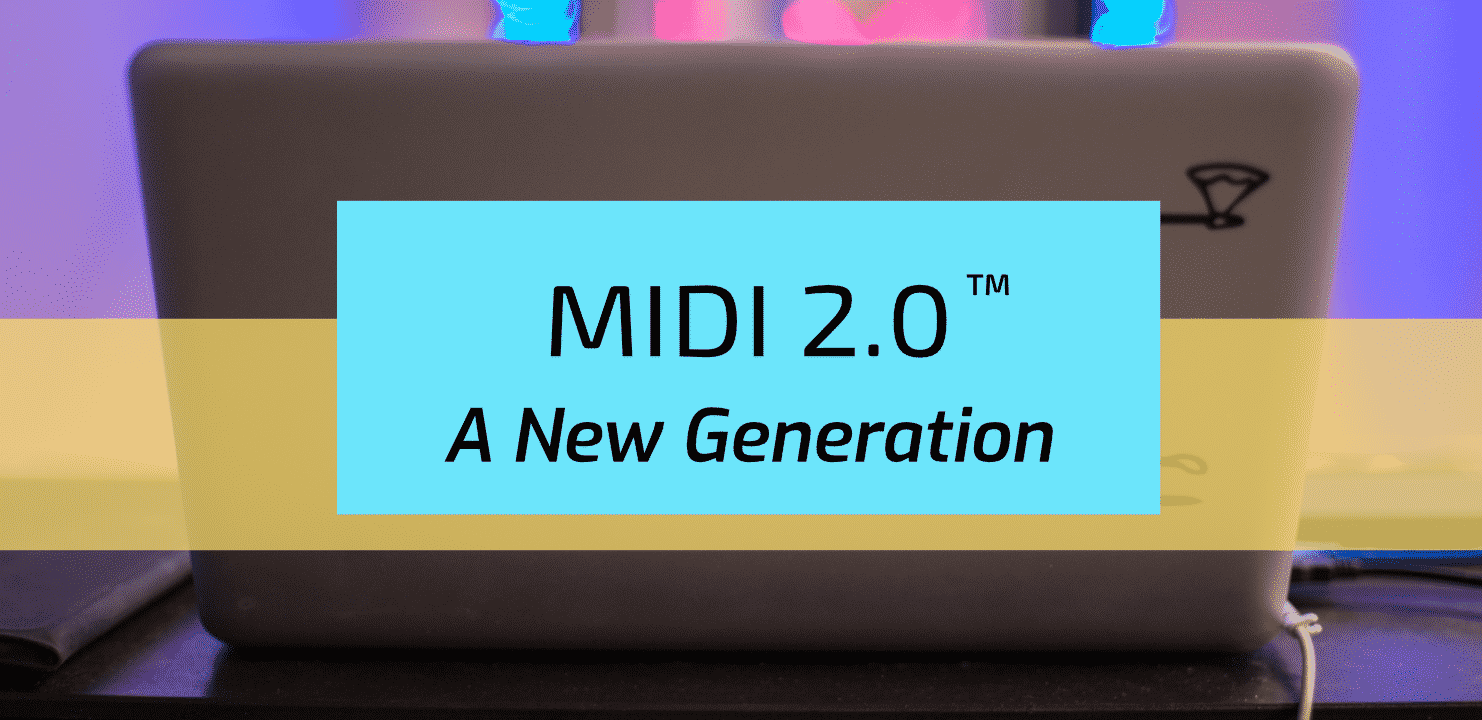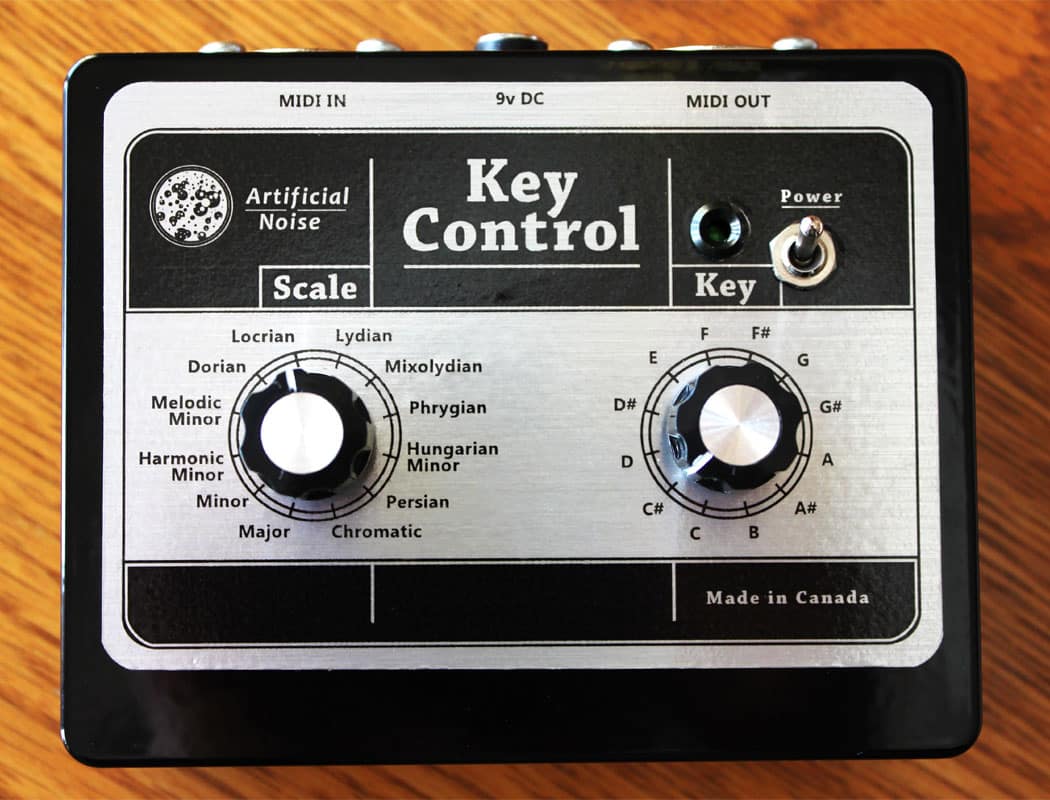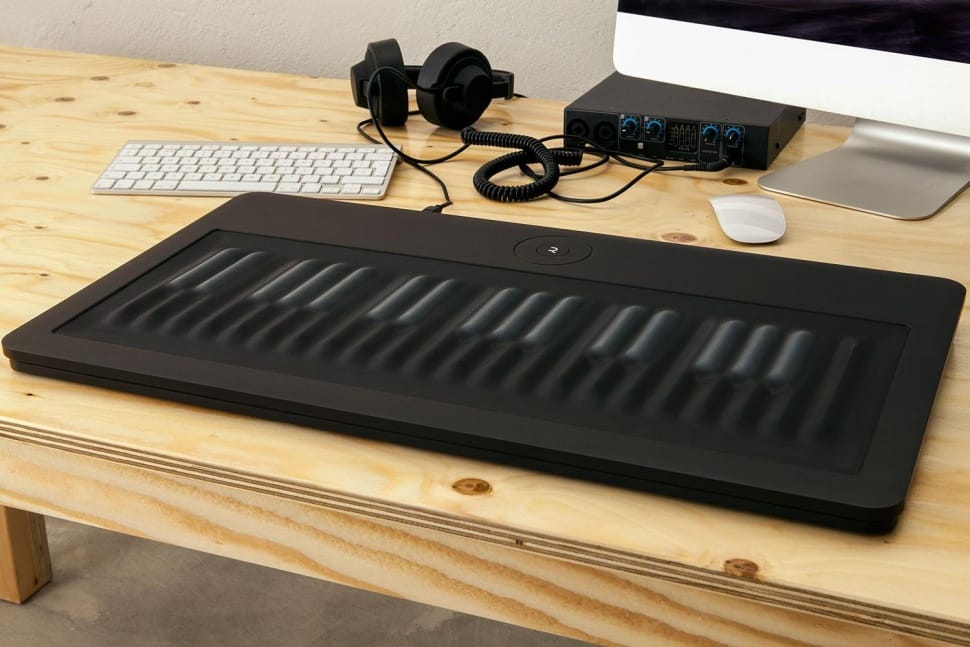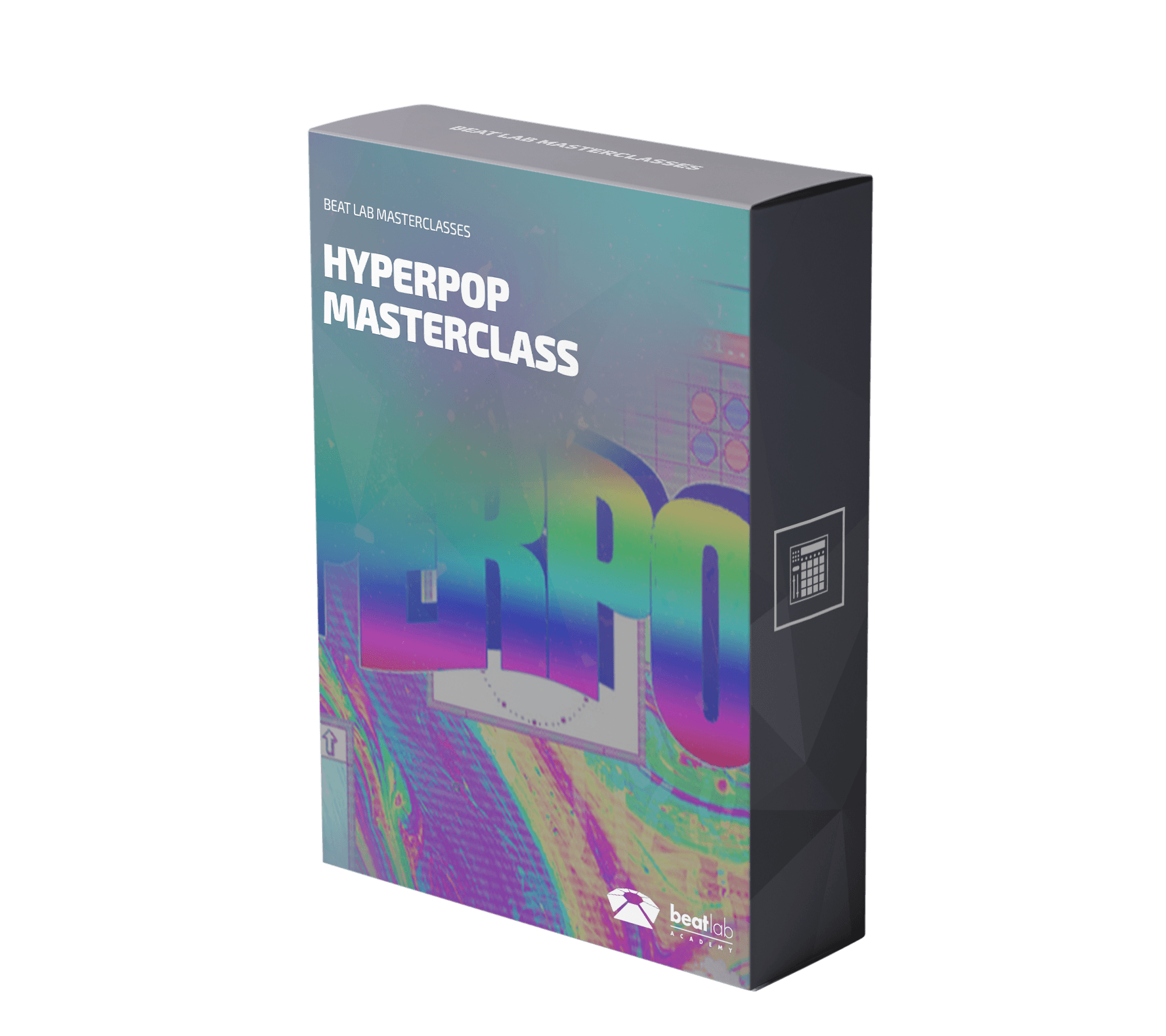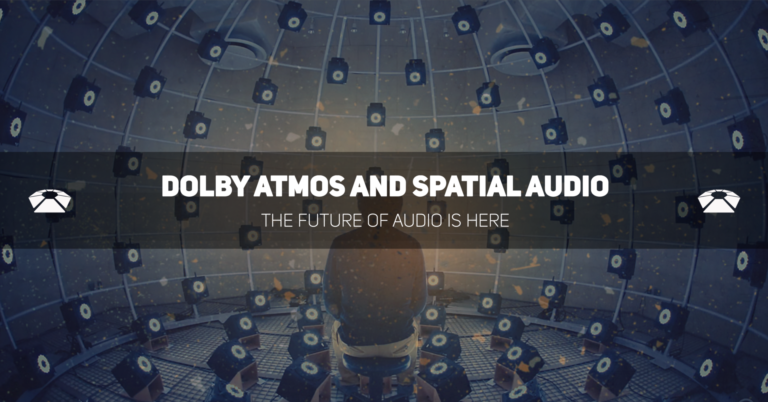Top 10 MIDI Keyboards 2021 – Unlock Your Flow
Top 10 MIDI Keyboards 2021 A MIDI Keyboard is a useful device that allows music producers to intuitively input chords, melodies, and even drums into their DAW. They usually come with velocity-sensitive keys, pads, and knobs to help provide that human feel to your electronic tracks. This article rounds up the top 10 MIDI keyboards of 2021 and will help inform you about what to consider before purchasing one. Why Do I Need A MIDI Keyboard? Have you ever seen an instrumentalist ‘lose’ themselves in the music they are creating? Eyes closed, head pointed to the sky, and absolutely surrendered to the piano, guitar, or drums that they’re playing? (Source: Tash Sultana, Image by Jim Bennet/FilmMagic May 2020) This is the feeling that we musicians like to call “the flow state” – and it’s one that music producers can find hard to reach behind the clickity-clack of a mouse …
Read MoreBeat Lab Guide – Performing with Your Computer Keyboard
This class was developed for Moorpark College and Calarts during the COVID-19 pandemic to allow students to create Live Performances using only their computer keyboard. Special thanks go to Nathan Bowen(Moorpark College), Jordan Hochenbaum(Calarts), and Javad Butha(Ableton) for making this happen. divider style=”clear” Ableton Keyboard Layout Your computer Keyboard can be used as a MIDI controller in Ableton. First, turn on the Computer MIDI Keyboard. Up to Live 9, it’s on by default. If it’s not, you can turn it on with a click. From Live 10, it’s now off by default. To turn it on, either click on the icon or press the M key. The A, S, D, F…. row will play the white keys. A is C, S is D, D is E, F is F, and so on. The W, E, R, T…. row will play the black keys. W is C#, …
Read MoreMIDI 2.0: A New Generation
MIDI is the technology standard hidden in most music technology. It’s an acronym that stands for Musical Instrument Digital Interface. It’s a way to communicate between devices to make and control sound. Your synthesizer speaks it, your sampler for sure knows the language, your laptop definitely speaks it, even your DJ controller might. So why are we talking about it now? Well with the release of Ableton Live 10.1 we want to explore the possibilities the future holds, plus MIDI 2.0 Prototyping was just announced at NAMM. In this article, we’ll give you a history lesson about MIDI, what you’ve been able to do with it, and inform you of the newest parts coming up in MIDI 2.0. Scroll down if you only want to read about the news regarding MIDI 2.0. History Back in the 1960’s and 70’s, the world had begun experimenting with computer and electronic music. But …
Read MoreKey Control – A Hardware Device for Locking Key and Scales
Key Control – A Hardware Device for Locking Key and Scales Artificial Noise has announced Key Control – a hardware device that can lock your keyboard to scales and musical keys. How cool is that? Those familiar with Ableton Live’s scale MIDI effect will have some experience in the arena of locking keyboards to scales and will attest to the convenience of such a thing. Now you can have a hardware box that could do the same trick for any MIDI controller or synthesizer with MIDI. The box transposes all notes in a chosen scale to the white keys and makes the black keys able to then play chords in the scale. It’s no one-trick pony. The device is simple to use, just plug your keyboard into the box and then your box into the destination (DAW, synthesizer, sequencer, etc.). You could also plug in a synthesizer with a keyboard into the …
Read MoreMulti Polyphonic Expression – The Future of Keyboard Expression
MIDI technology has remained one of the most influential advancements made to music production ever. MIDI keyboards are a staple in the producer's toolkit, letting us communicate between our machines since the 1980's. The one-man-band was hardly realized before the ability to control multiple devices at one time from one place happened, thanks to MIDI. While it's been nearly 40 years since the invention of the Musical Instrument Digital Interface protocol, and while other facets of music tech have moved forward we have seen few significant improvements made to MIDI in this century... until MPE.
MPE is an abbreviation for Multidimensional Polyphonic Expression, which transforms the way to express your playing on MIDI instruments. Normal MIDI messages are limited in that they are applied on a channel-wide basis, messages apply to every note at the same time; if you throw your pitch bend up on that sweet Diminished chord then each note you are pressing is going to bend. MPE utilizes MIDI in a way that allows control over multiple parameters of every note, on each note individually. New controllers have emerged in conjunction with MPE communication to best utilize the expanded capabilities of the technology, i.e. the ROLI Seaboard:
Roli Seaboard-Future of Keyboards
Roli Seaboard-Future of Keyboards MIDI Keyboards have been one of the most effective controllers a producer can wield in their arsenal of equipment, though regardless of the dozens of evolutions keyboards have encountered, they never strayed too far from the centuries old counterpart: the piano. The ROLI Seaboard takes a dramatic step in the realm of MIDI Keyboards towards greater musical expression and a large leap in musical inventiveness. The Seaboard aims to transform the traditional keyboard/piano, (characterized by single tone keys and fixed velocities,) into a unified expressional tool, using the power of five different parameter controls: Strike Press Slide Glide Lift The strike parameter is essentially a more advanced velocity control, measuring the force of contact you make with ‘key waves,’ while press is controlled by the pressure applied, maintained, or reduced after you have struck. Glide is a horizontal pitch control which you can influence by gliding through the …
Read More


